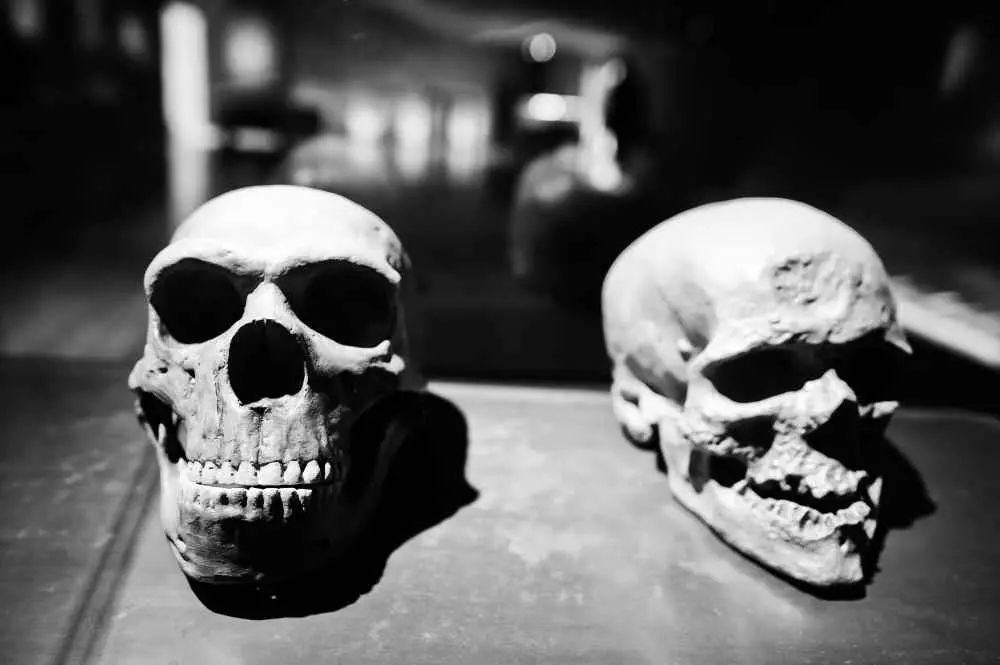Anatomy in art: history and modernity
For centuries, art has been a mirror in which human culture, emotions and sensibilities are reflected. One of the most interesting subjects that have dominated various artistic eras is the human anatomy. From ancient times, through the Renaissance, to the present day, artists have constantly explored allowing us to better understand the human body and its mysteries. In this article, we will take a look at how anatomy has shaped art over the centuries and how it has evolved to modern times.
Anatomy in antiquity
In ancient Egypt and Greece, visualizations of the human body had not only artistic value, but also religious value. The Egyptians, when creating sculptures and paintings, often idealized figures, giving them unique characteristics that were meant to reflect divinity and eternity. The Greeks, on the other hand, with their quest for perfection, began to study the proportions of the body, which led to harmonious and realistic representations.
It is worth noting that the open-minded approach to science and anatomy in Greece led to the first studies of the human body, which had a great impact on the development of art. Artists such as Polyclet began to study the proportions of the body, resulting in aesthetic canons used for generations.
Renaissance - the Golden Age of anatomy in art
The Renaissance, which took place from the 14th to the 17th centuries, was a period when science and art joined forces in a remarkable way. Interest in the classics, as well as physiological research, led to a revolution in artistic thinking. Artists such as Leonardo da Vinci and Michelangelo spent a great deal of time studying the human body through dissections, resulting in extremely realistic and accurate depictions.
Leonardo da Vinci, in his notes, included numerous sketches and descriptions on anatomy that still delight scientists and art lovers today. His works, such as "The Last Supper" and "Venus and Mars," show an excellent understanding of the human form and movement. On the other hand, Michelangelo, creating sculptures such as "David" and painting "The Last Judgment," demonstrated an uncanny ability to show not only physicality, but also human emotions.
Baroque - Emotions and dynamics
The Baroque period, which followed the Renaissance, introduced a new approach to anatomy in art. Artists such as Caravaggio and Bernini began to combine realism with drama and emotion. Intense character dynamism is evident in their works, making viewers feel empathy and understanding for the characters in the paintings.
Baroque sculptures, such as Bernini's works, show an uncanny ability to depict figures in motion, which further emphasizes the humanistic approach to the human body. Elements such as folds of fabric, expressive muscles and facial expressions even make paintings and sculptures come alive.
Classicism and Romanticism - A return to harmony and passion
During the Classical period, artists returned to the ideals of antiquity, focusing on harmony and proportion. Romanticism, on the other hand, introduced new elements of emotionality and passion, as seen in works such as "The Great Lamentation" by Eugène Delacroix. Artists of this period portrayed the human body not only as a form, but also as a vehicle for emotions and life experiences.
This approach to anatomy in art helped bring viewers closer to the figures in the works, making the works more universal and understandable. Showing real feelings, both in sculpture and painting, influenced how the human body and its beauty were perceived.
Contemporary art and anatomy
Contemporary art still draws inspiration from anatomy, but in a much more complex way. Artists such as Damien Hirst use technology and science to explore the boundaries between body and mind. Hirst's works, especially his controversial exhibits with preserved animal bodies, have forced viewers to think about life, death and the revelation of human nature.
Another example of contemporary approaches to anatomy is digital art. Virtual images and animations are becoming a new medium for artists, making it possible to depict the human body in ways that were previously impossible. Artist Rafael Lozano-Hemmer, for example, uses technology to transform images of bodies into interactive experiences that force viewers to reflect on their identities and bodies.
Summary
The history of anatomy in art is long and complex. From ancient depictions of idealized figures, to realistic and emotional depictions in the Renaissance and Baroque, to contemporary experiments with form and technology, anatomy remains a key theme in painting, sculpture and digital art.
As you can see, anatomy is not just a medical issue, but an essential element in the view of man and his place in art. As technology advances and art continues to evolve, we are sure to see new and exciting explorations of anatomy in art by future generations of artists.
